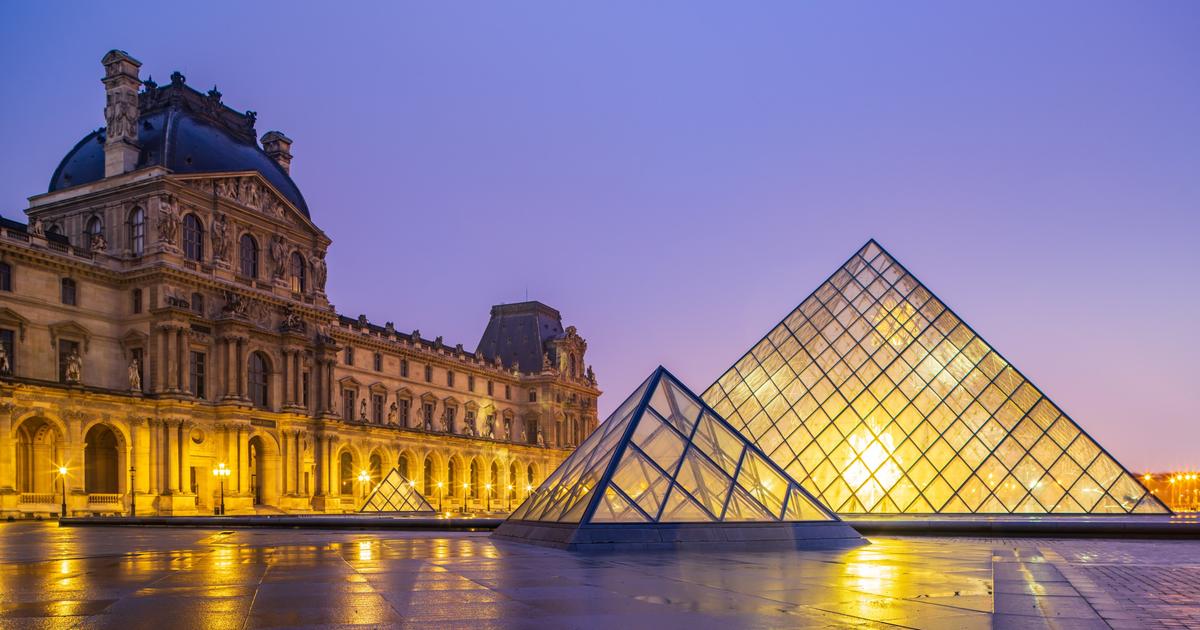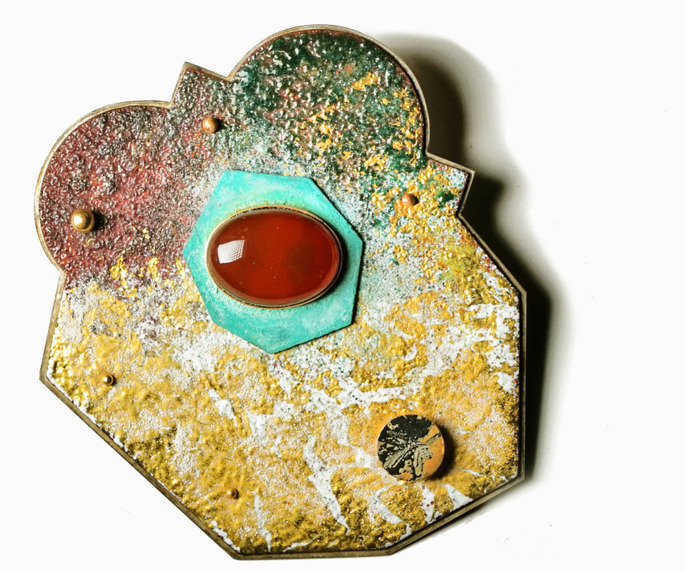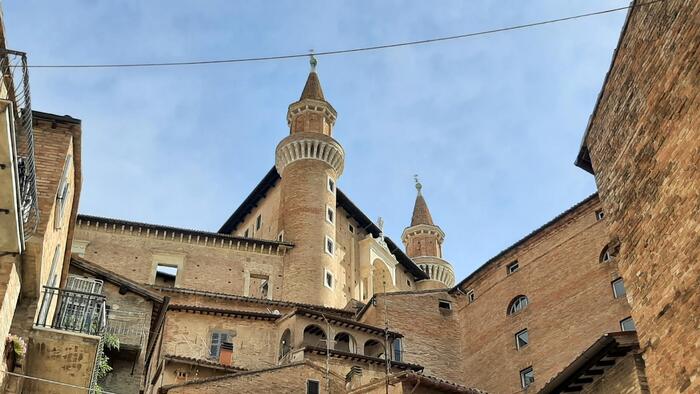Damascus-SANA
In honor of the lives and sacrifices of approximately 27 martyrs who died during the terrorist war on Syria in defense of the Syrian cultural heritage, an exhibition of recovered archaeological treasures 3 was opened this evening entitled (Tribute to the martyrs of the General Directorate of Antiquities and Museums) within the Syrian Culture Days at the National Museum in Damascus.
The exhibition included the display of a group of recovered artifacts belonging to several historical periods that varied between the ancient and classical East, emphasizing the authenticity and nobility of the Syrian heritage and the importance of preserving it as part of the history of the Syrian people and the history of all humanity.
The visitors of the museum were in front of a group of archaeological recoveries from the era of the ancient East, including silver coins dating back to the period from 400 to 384 BC and a cylindrical seal of steatite dating back to the third millennium BC.
Among the collection of archaeological recoveries of the classical era is the display of a group of glass bracelets dating back to the Roman period in the 3rd-4th century AD, a Roman bronze lamp, and a bronze sarcophagus pendant with the head of Athena engraved on it.
As for the group of antiquities belonging to the Islamic era, it displayed a group of gold coins belonging to the Fatimid period and ceramic vessels in the form of a seated woman of turquoise color.
It also displayed a group of Palmyrene sculptures that were restored with high professionalism by national cadres. Their restoration came as part of a training project on conservation and restoration methodology using Palmyrene sculptures, which is part of the technical cooperation project to build the long-term capacity of Syrian experts (training for all) implemented by the Archaeological Institute in Kashihara in Nara Prefecture. Japan, funded by the United Nations Development Program in Syria, supported by Japan, and coordinated by the Syrian General Directorate of Antiquities and Museums. The project was implemented in 2020 with the aim of practical application of the restoration methodology on a group of sculptures that were destroyed in the Palmyra Museum and collected in 2016.
In a statement to reporters, the Minister of Culture, Dr. Labana Mashouh, said: The recovered artifacts, which terrorists and antiquities thieves tried to steal and take them out of Syria, were recovered with the help of the security forces and men of the Syrian Arab Army and handed over to the antiquities authorities, indicating that there are thousands of artifacts recovered, some of which are broken and some need restoration. It has been restored.
She explained that the exhibition embodies a tribute of respect and love for the workers in the antiquities, the first of which is the martyrs who rose while they were at the top of their work protecting the antiquities and museums and working hard in the most difficult circumstances, and secondly a message of love and respect for everyone who extended a helping hand to recover the artifacts, especially the members of the security forces and the Syrian Arab Army.
In a statement to SANA, the Director General of the Directorate of Antiquities and Museums, Nazir Awad, said: We wanted on Culture Day to remember those who left us while they contributed to the defense of the Syrian cultural heritage and the performance of their duty in difficult and exceptional circumstances and lost their lives. Among them are engineers, experts, restorers and guards who were killed near the archaeological sites when They asked the terrorists who attacked these sites to stop their attacks.
He added: In this exhibition, very important recovered artifacts were displayed that were handed over by the competent authorities to the National Museum through lists, all of which are original artifacts dating back to different periods, including the funerary bed, which was intended to be smuggled out of Syria so that members of the army could find it and hand it over to the National Museum in Damascus, in addition to the busts. .
And Awad indicated that more than 35,000 artifacts were handed over to the National Museum, in addition to the rest of the governorates also owning artifacts handed over by the security authorities.
Rasha Mahfoud
Follow SANA's news on Telegram https://t.me/SyrianArabNewsAgency















